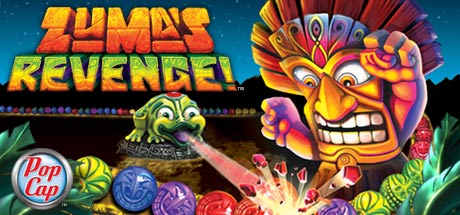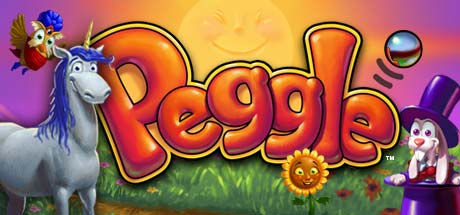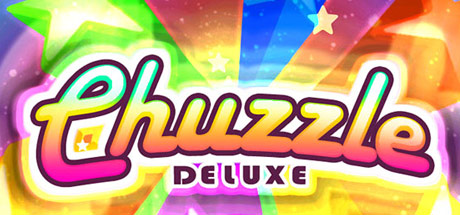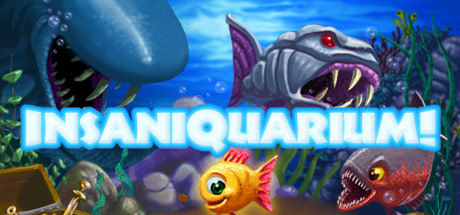Playtime:
39 minutes
[conclusion, copied up here for TL;DR purposes]
“In conclusion, the creator of this game has undertaken an incredible task. Creating an alternate reality home to truly sentient beings, and simultaneously holding a mirror to society and saying “Look! Look, we are no different! You are no more real than what I have created here!”
Needless to say, I will be purchasing the rest of the collection, however I will be waiting until they are no longer on sale, so I can ensure “William at Oxford” gets every penny of the £883.99 of all of his games at full price.”
[Review]
Everyone must play this before they die. Is it a game? I don't know. Is it a demo? I don't know. Is it someone's first unity project, with asset store assets and unexplainable design choices, which in some stroke of genius ended up for sale on steam? I don't know. Is it an absurdist art piece? I don't know.
Is it an experience? Of this I am certain.
Everything about this game is genius:
The decision to include authentic roman pagodas, geisha, anime children, bamboo forests and cherry blossom trees in the fishing and hunting minigame that is included for reasons known only to the genius creator, and god herself.
The japane- I mean roman village that has an unexplainably high level of work put into it, then hidden inside a forest in said minigames.
The flat skeletons in the european style crypt level.
The floating stone walkways around the palace level.
The dramatic menu music that continues to play when you load up a level, giving every scene, including "snake fight" (which I will get to later) giving everything an air of urgency and dramatic tension.
The empty colosseum with missing grass textures, allowing you to reflect on the emptiness inherent in the human condition.
The gradual decrease in detail from the first level (which has a surprisingly high texture and asset quality - it is clear that this first level is where the big budget for unity market place assets went.) to the rectangular candles and boxy corridors of the later levels, bringing on a gradual creeping awareness of the fact that even while in the real world, we fool ourselves into believing things are more real than they actually are.
But all of this pales in comparison to the highlight of the entire game; the minigames - nay - megagames.
Yes, in the main menu, for this game about travelling in the roman empire, there are several minigames packaged with the scenes you can explore. I have briefly mentioned them in this review, VR Snake football/VR snake fight of course, as well as VR Fishing and "VR Wild shooting" (big thanks to the developer for including "VR" in every one of these names, I needed the reminder that I was in fact playing in VR, and not real life! important safety features are included in this game too!)
Snake football is so influential that the creators saw fit to feature it not once, but twice in the main menu, with buttons much larger than even the "roman scenes" that the game is marketed with.
Snake football is a grand undertaking, blending both football, the arcade game snake, MC-Escher style architectural rules, light hearted cartoonish graphics, and philosophical deconstruction of our society. I won't go into this any deeper, since it should be obvious to anyone who plays, and I don't want to spoil the big twist at the end.
This level is so important in fact that it has been included twice. Once under the name "Snake football" and again under "Snake Fight". Make no mistake, these are in fact the same game, however the decision to include two buttons to the same game allows the user to understand its importance.
The next section is really important, and is where the biggest philosophical questions lie, so please, read this until the end.
When you first open "VR fishing" or "VR wild shooting" you are first greeted with a cheerful anime girl style "hee hee" laugh/gasp, as you are transported to the previously mentioned field near a japane... roman, roman village where you can hunt a variety of fish, deer, birds, rabbits etc. using one of two different tools, depending on which button you chose to press in the main menu. "fishing" gives you a trident to spear your quarry, loudly celebrating your victory with a jingle and then in a bold choice, exploding the fish you have caught.
In "Wild shooting" you are given a bow. You can spawn unlimited arrows to throw at the floor, or to load into your bow and fire. When you successfully hit an animal, (some challenge even at point blank range, it is a relief that the animals do not flee from you) You are shown the harmful consequences of your actions, when deer emit a "cry" emoji above their heads, to show how your actions can affect the emotions of those around you, showing how a lack of empathy can cause harm.
When you hit a smaller animal, such as a rabbit, chicken or goose, their fate is even worse. They fall over and emit a skull emoji, which appears to signify death. I am a little fuzzy here on what the intent of the creator was here, it was a little high-brow for me. I think it has something to do with either the death of the author, ego-death (or the complete loss of a sense of self) - something that can either be seen as a positive thing, to be desired and attained by meditation and reflection on
the universe itself, rather than one's place in it, or alternatively an unhealthy mental state that can result from distancing oneself from one's own identity after experiencing trauma. Either way, a profound and meaningful choice that I myself am unable to fully grasp.
Hidden in the bushes is a village with fully animated people, going about their daily lives, occasionally freezing in place, blissfully unaware of their existence within an artificial construct. The reader of this review may jump to the conclusion that I initially did, that the author is trying to say that we ourselves are like these pseudo-japenese, roman villagers, trapped between two identities, which are both equally meaningless as both have been set up for the entertainment of some "higher beings", however upon thinking, I have realised that this is not the case at all.
This village was hidden away from the player. It is clearly not meant to be found, and yet a lot of work has been put into making this one of the most detailed areas of this game. (I imagine this is even where the majority of the HDD space is used for this game) It seems that so much care is put into this area that so few will experience... until one realises that we- the players, are not the intended audience.
Indeed this section is designed not for us- but for the inhabitants of the village itself. The creator, much like our own creator, has built a space for them to explore and live in. Unaware of the "outside" reality, and yet they have everything they need in their little world. "William at Oxford" has accomplished something that no human has ever done before - They have created a true, living breathing universe inside of a computer simulation, with sentient beings, much like ourselves. Not for our entertainment, but as a gift to the created themselves.
In conclusion, the creator of this game has undertaken a truly incredible task. Creating an alternate reality with true sentient beings, and simultaneously holding a mirror to society and saying “Look! Look, we are no different! You are no more real than what I have created here!”
Needless to say, I will be purchasing the rest of the collection, however I will be waiting until they are no longer on sale, so I can ensure “William at Oxford” gets every penny of the £883.99 of all of his games at full price.
👍 : 2 |
😃 : 10









